By Emme Hornung
Lt. Col. Tyler Shaver, an F-35 pilot and director of operations at Volk Field Air National Guard Base, will be the next speaker at the EAA Aviation Museum Speaker Series on Thursday, November 20, at 7 p.m. Join us as Tyler dives into flying the F-35 and his experience of having seconds to make the decision to eject during a 2022 flight mishap.
Tyler started his military career at the U.S. Naval Academy, graduating in 2009. During his time in the Navy, he was deployed to Iraq and Syria, and he flew the F/A-18C Hornet and F/A-18E Super Hornet. He eventually transitioned to the F-35C as an instructor at Naval Air Station Lemoore in the first Navy F-35 training pipeline.
Not long after, he moved to Texas with the Navy to perform check flights on new production aircraft from Lockheed Martin. “We would be the first government guys to fly the jets, do an acceptance check flight, make sure that everything was to spec per the contract and capabilities of the aircraft, and then we would ultimately buy the aircraft on behalf of the Department of Defense,” Tyler said.
When his time in the Navy came to an end, he decided to join the Wisconsin Air National Guard to be closer to family all while still getting to serve in uniform and fly jets, mostly the F-35A, the conventional takeoff and landing variant.
Tyler currently is the director of operations at Volk Field Air National Guard Base, one of four combat readiness training centers in the United States. “I manage everything on the flightline side of the house, from air traffic controllers to airfield management to the instrumented range complex,” he said.
During his presentation, he will recount his ground ejection from an F-35B, the short takeoff and vertical landing variant, before the aircraft ultimately left the runway. “It was a new production aircraft. It was actually the second flight on this brand-new aircraft that we were doing the acceptance flights on. The jet had about nine hours on it. Ultimately, there was a fuel control issue with the aircraft. I’m going to talk about the contemplation of ejecting three times in 23 seconds as the emergency evolved during the hover,” Tyler said. “I’ll talk through the thought process, on how the entire mishap evolved, and how I ultimately walked away from it.”


Tyler will also share three important lessons he walked away with from the mishap: knowledge, confidence, and faith.
“There’s a certain level of knowledge for us as pilots, it’s very crucial whether you’re flying a [Cessna] 172 or a $110 million fighter jet. That procedural knowledge of the aircraft and the systems and the subsystems is absolutely crucial. In my situation, specifically knowledge of the capabilities and limitations of the US16E ejection seat,” he said.

“Then confidence. Confidence in the system that, once it was called upon, it was going to do what it was advertised to do,” Tyler said. “You go into making sound decisions at the appropriate time based on the information that you have available at that time. I’ve been in the business about 16 years now, and I’ve lost about five fellow aviators that delayed ejection by fractions of a second and ended up losing their lives. So, as you go through your career, you learn a lot of these situations are very unforgiving.”
“And then faith. It goes to the entire enterprise level; it’s not just the pilot flying the machine. There’s the folks at Lockheed Martin that build it, there’s the military maintainers,” Tyler said.
“One of the examples I go into is the explosive cartridges that are in the ejection seat. A few months before my ejection, we identified that these cartridges may have an issue. We ended up taking all the ejection seats out of the aircraft and x-raying the explosive CADS and then rectifying the issue. So never a part of the calculus when I was making my decision to get out of the aircraft was, is this thing going to work?” he said. “I saw the program do its due diligence to rectify the issue and preserve human life, so that’s the faith component. Everybody went to work every single day, did their due diligence, and that’s a huge support network when you’re riding the leading edge of new technology in a very unforgiving world.”
Thursday’s presentation is free for EAA members and youths, and just $5 for nonmembers.
If you’re unable to attend, all Speaker Series presentations are recorded and will be available to members to watch here at a later date.

